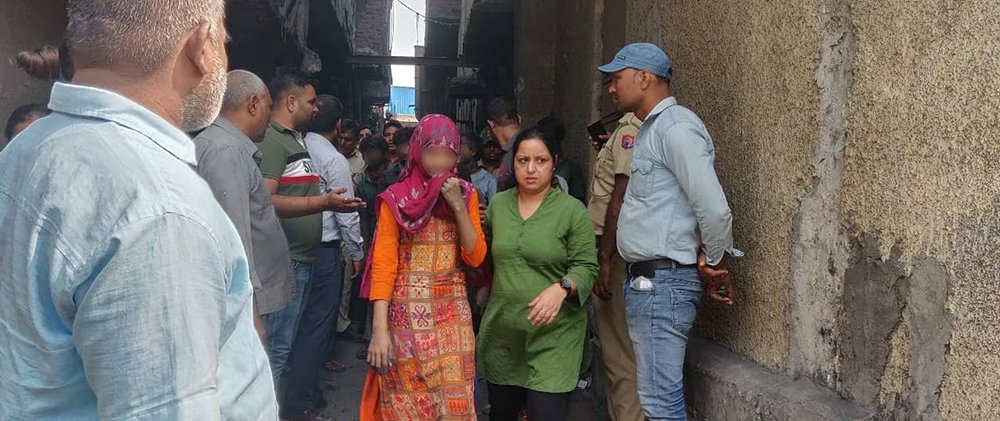Rehabilitating children who have faced trauma, abuse, neglect, or exploitation requires more than just shelter and basic care. It involves rebuilding their emotional strength, boosting their self-esteem, and equipping them with tools to face life with confidence. This is where therapeutic activities play a transformative role, especially in the programs run by an NGO for child rehabilitation.
These activities are thoughtfully designed to support the psychological, emotional, and social development of children. Below, we explore the key therapeutic methods often used by such NGOs and how they contribute to a child’s healing journey.
Art and Craft Therapy
Art and craft therapy is one of the most common and effective tools used by an NGO for child rehabilitation. Children often find it difficult to express their thoughts verbally, especially when they have gone through trauma. Through painting, drawing, and craft-making, they can release their emotions in a safe, non-verbal way. It helps them relax, fosters creativity, and often reveals deep-rooted emotions that professionals can work through during counseling sessions.
Music and Dance Therapy
Music and dance provide children with a joyful outlet to express themselves. These activities help improve mood, reduce anxiety, and promote physical movement. Dance therapy, in particular, enhances motor skills and coordination, while music can be calming and help develop focus. Many NGOs include regular sessions of music and movement to engage children in a fun yet therapeutic manner.
Play Therapy
Play is not just a recreational activity—it’s a vital method of therapy for children. Through guided play, children explore situations, roles, and emotions in a controlled setting. In a typical NGO for child rehabilitation, play therapy helps therapists understand a child’s mental state and behavior patterns. It encourages social interaction, emotional processing, and often leads to breakthroughs in communication.
Yoga and Meditation
Daily practice of yoga and meditation allows children to gain inner peace and increased self-consciousness. Children who experience anxiety, fear or display hyperactive behavior find special advantage in these practices. Basic yoga poses and breathing exercises serve as an introduction to achieve mental stability while obtaining physical training according to organizations dedicated to children’s welfare. A daily meditation habit of just short periods enables children after emotional trauma to develop inner calmness and awareness.
Storytelling and Drama
Through storytelling exercises and role-playing children find opportunities to express their experiences by using imaginative techniques. The therapeutic power of drama lets children experience diverse personas and scenarios where they develop capabilities to understand others and gain self-assurance while improving their social communication abilities. Organizations dedicated to child rehabilitation through several decades use storytelling methods to develop moral education while improving thinking abilities.
Conclusion
Any NGO for child rehabilitation depends on therapeutic activities as vital components in their mission of growth and recovery. The therapeutic interventions extend past conventional counseling by creating protected platforms that children can use to rehabilitate themselves. Each recreational and therapeutic activity within the NGO’s programs acts separately to help children restore their emotions and find happiness again. Non-profit child rehabilitation programs must consider these therapeutic activities mandatory since they provide the essential routes through which children find transformation and hope.

